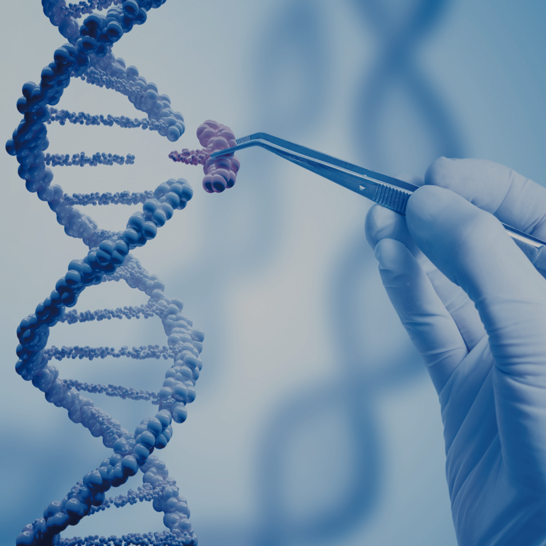Why Can’t You See the Probe in the Tube?
Depending on the order quantity and sequence length, probes may be too small to see without magnification.
As shown below, dry oligos are typically delivered as a thin film, powder, or gel-like residue attached to the bottom of the tube. During transport and storage, part of the material may adhere to the tube wall or cap.

Before opening, please ensure the cap is tightly closed and centrifuge the tube briefly to collect all material at the bottom. If you open the cap before centrifugation, the probe may disperse and result in sample loss.
What Should You Use to Dissolve the Probe—and How Much Should You Add?
To ensure optimal performance and long-term stability, we recommend dissolving oligos in either Nuclease-free double-distilled water (pH > 6.0) or TE buffer (pH 7.5–8.0). Add the appropriate volume according to the amount indicated on the tube label.
Our recommended reconstitution workflow is as follows:


After reconstitution and storage, your oligos or probes are ready for experiments. Next, it’s important to check their exact concentration. Accurate quantification ensures that your experiments perform consistently and reproducibly.
In the next guide, we’ll walk you through simple, reliable methods for oligo quantification, including BiOligo’s advanced approach.




